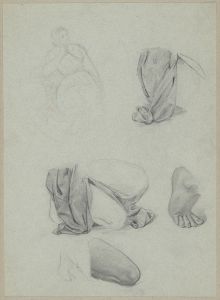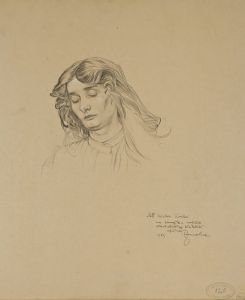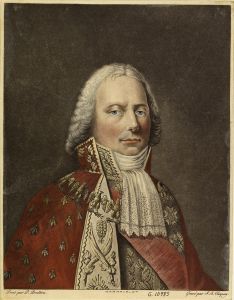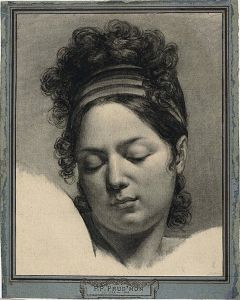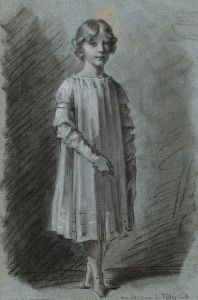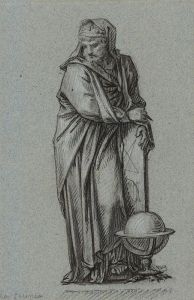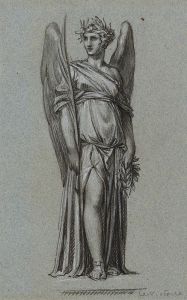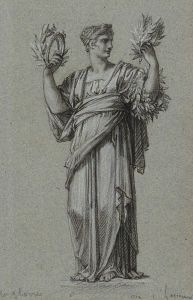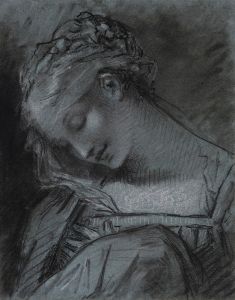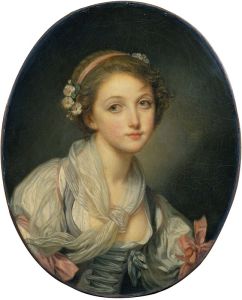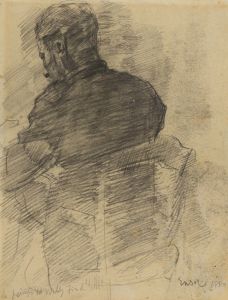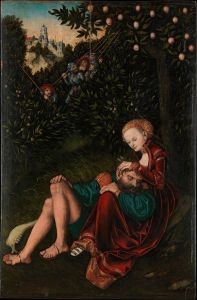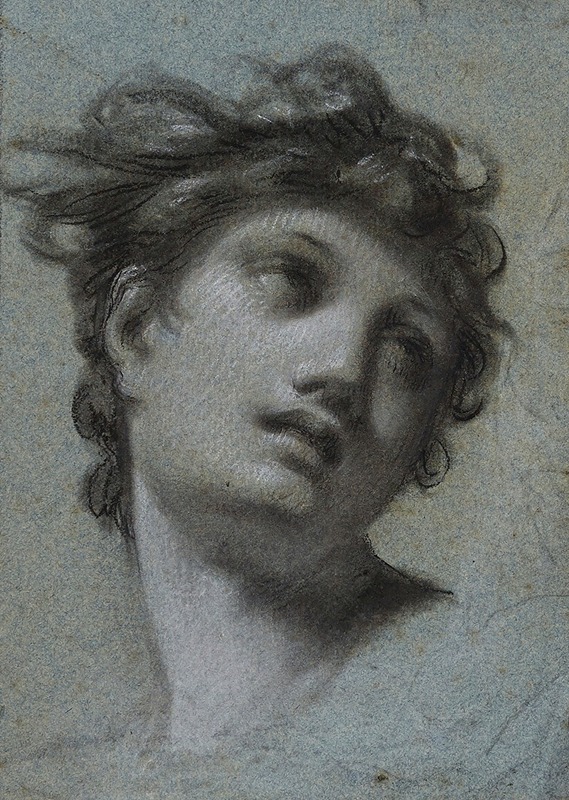
Tête de femme
A hand-painted replica of Pierre-Paul Prud'hon’s masterpiece Tête de femme, meticulously crafted by professional artists to capture the true essence of the original. Each piece is created with museum-quality canvas and rare mineral pigments, carefully painted by experienced artists with delicate brushstrokes and rich, layered colors to perfectly recreate the texture of the original artwork. Unlike machine-printed reproductions, this hand-painted version brings the painting to life, infused with the artist’s emotions and skill in every stroke. Whether for personal collection or home decoration, it instantly elevates the artistic atmosphere of any space.
Pierre-Paul Prud'hon was a French Romantic painter known for his allegorical and portrait works, which often exuded a sense of grace and emotional depth. One of his notable works is "Tête de femme," which translates to "Head of a Woman." This painting exemplifies Prud'hon's skill in capturing the delicate features and subtle expressions of his subjects, a hallmark of his artistic style.
"Tête de femme" is a fine example of Prud'hon's ability to blend classical techniques with Romantic sensibilities. The painting showcases his mastery of chiaroscuro, the use of strong contrasts between light and dark to achieve a sense of volume and three-dimensionality. This technique allows the viewer to appreciate the gentle contours of the woman's face, her serene expression, and the soft texture of her skin. Prud'hon's use of light not only highlights the physical beauty of the subject but also imbues the painting with an ethereal quality, inviting viewers to ponder the inner life and emotions of the woman depicted.
Prud'hon was influenced by the works of earlier masters such as Leonardo da Vinci and Raphael, and this influence is evident in "Tête de femme." The painting reflects a harmonious balance and a refined elegance reminiscent of the High Renaissance, yet it also possesses a Romantic sensitivity to the emotional and psychological depth of the subject. This combination of classical form and Romantic content is a defining characteristic of Prud'hon's oeuvre.
The context in which Prud'hon created "Tête de femme" is also significant. During the late 18th and early 19th centuries, France was undergoing significant social and political changes, which were reflected in the art of the period. Prud'hon's work often conveyed a sense of introspection and emotional complexity, perhaps as a response to the turbulent times. His portraits, including "Tête de femme," often go beyond mere physical representation to explore the inner world of the subject, making them resonate with viewers on a deeper level.
Prud'hon's career was marked by both success and personal challenges. He was well-regarded in his time, receiving commissions from notable figures such as Napoleon Bonaparte and Empress Joséphine. Despite his professional achievements, Prud'hon faced personal difficulties, including a troubled marriage and periods of financial instability. These experiences may have informed the emotional depth and sensitivity evident in his work.
"Tête de femme" remains a testament to Prud'hon's artistic legacy. It continues to be appreciated for its technical excellence and the way it captures the nuanced interplay of light and shadow, as well as the introspective quality that invites viewers to engage with the subject on an emotional level. The painting is a reflection of Prud'hon's unique ability to blend classical and Romantic elements, creating works that are both timeless and deeply human.
In summary, "Tête de femme" by Pierre-Paul Prud'hon is a masterful portrait that exemplifies the artist's skill in combining classical techniques with Romantic emotional depth. It stands as a significant work within Prud'hon's body of art, reflecting both his technical prowess and his sensitivity to the human condition.





